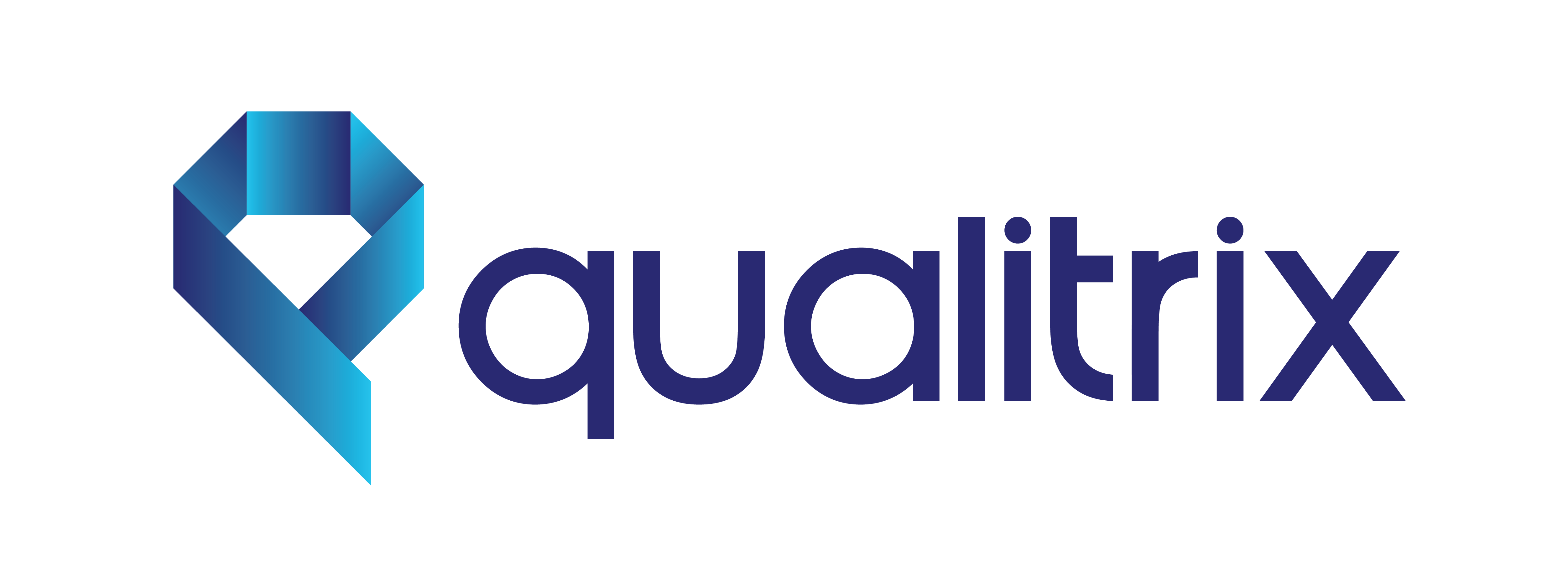Superior Execution Speed with Built-in Mocking Capabilities
For lending applications that often rely on multiple backend services, fast execution speed is essential to ensure smooth functionality across the platform. Postman’s efficient execution capabilities, combined with its in-built endpoint for API mocking, allow us to simulate APIs that are under development or temporarily unavailable. This ensures uninterrupted testing and integration, enabling us to maintain development velocity and minimize disruptions.
Simplified Setup and Maintenance for Complex Environments
Lending platforms typically have intricate environments with multiple integrations, databases, and external systems. Postman’s user-friendly interface simplifies setup, configuration, and maintenance, which is critical for quickly deploying test environments. This streamlined approach allows our teams to focus on strategic testing and delivering faster results without the burden of managing complex tool configurations.
Enabling Cross-Functional Collaboration
In the lending domain, it is essential to have cross-functional teams—including developers, testers, compliance officers, and business analysts—work together. Postman’s intuitive interface makes it easy for non-technical users to participate in the testing process, helping stakeholders execute tests, review results, and provide input. This collaborative approach ensures that all aspects of the lending application meet both technical and business requirements.
1. Our API Automation Strategy for Lending Applications
To optimize API testing for lending platforms, we adopt a targeted and well-structured API automation strategy using Postman:
Defining the Scope of API Testing
- Backend APIs: We focus on thoroughly testing critical backend APIs that manage lending workflows, customer data, and financial transactions to ensure they function securely and reliably.
- Third-Party API Integration Testing with Mocks: Using Postman’s mocking capabilities, we simulate integrations with third-party services, such as credit bureaus, payment gateways, and identity verification systems, to validate their interactions without relying on live systems.
- Test Data Preparation for Transactional and Compliance Testing: We use APIs to create test data for various lending scenarios, including loan approvals, rejections, repayments, and interest calculations, ensuring that both the front-end and back-end components perform consistently.
2. Key Elements We Validate in APIs for Lending Domain Applications
Given the sensitivity and complexity of lending platforms, our API testing covers a comprehensive range of scenarios to ensure robustness, security, and compliance.
Functional and Data Validation Testing
- Status Code Verification: Ensure APIs return correct HTTP status codes under various scenarios, such as successful transactions, errors, and invalid requests.
- Response Header Validation: Validate response headers to confirm the presence of critical security and metadata elements, such as content type and CORS policies.
- Response Payload Validation: Verify the data structure and content of API responses, ensuring they match expected results, such as customer details, loan status, and payment records.
3. Advanced Testing Scenarios for Lending Workflows
- Extended Positive Testing with Optional Parameters: Conduct positive testing with various combinations of optional parameters to validate the flexibility of loan calculation algorithms, repayment schedules, and promotional offers.
- Schema Validation: Develop test cases to validate the JSON schema of API responses, ensuring consistent data formats across different modules, such as customer profiles, loan products, and payment histories.
- Negative Testing for Resilience: Test for negative scenarios like unauthorized access, invalid inputs, and failed transactions to ensure APIs handle errors gracefully and securely.
- Chaining Requests for Dependency Testing: Validate complex workflows by chaining API requests to simulate end-to-end lending processes, such as loan applications, credit checks, approvals, and disbursements.
- End-to-End CRUD Operation Validation: Ensure Create, Read, Update, and Delete operations function correctly for all essential data entities, such as customer accounts, loan records, and transaction logs.
- Testing File Upload Payloads: Verify APIs that handle file uploads, such as customer documents and agreements, to ensure they accept valid file types and sizes and reject inappropriate content.
4. Structured Test Execution Flow for Lending Platforms
We implement a structured execution flow to maximize efficiency and ensure comprehensive test coverage for lending applications.
4.1. Automate Isolated APIs First
We start by automating isolated APIs to validate their core functionality independently, such as verifying customer data or calculating loan eligibility, ensuring each service works as intended before integrating them into the larger lending ecosystem.
4.2. Organize APIs into Collections
Postman collections are used to organize APIs by service or functionality, such as customer management, loan processing, payment handling, and reporting. This organization helps in better understanding, easier maintenance, and faster debugging.
4.3. Execute Tests Using the Collection Runner
Our team uses Postman’s Collection Runner to automate and execute all APIs within a collection, ensuring that each API and its validations function correctly within the context of the overall lending platform.
4.4. Leverage Postman-GitHub Integration for Version Control
Integrating Postman with GitHub allows us to manage test scripts and collaborate effectively across teams. The version control mechanism ensures that all changes are tracked, reviewed, and synchronized, maintaining a robust and secure testing process.
5. Integrating Postman with CI/CD Pipelines for Continuous Testing in Lending Applications
For lending applications, integrating API testing with CI/CD pipelines is critical to ensure continuous quality and security.
5.1. Transition from Jenkins to AWS CodeBuild for Enhanced Security
Initially, we utilized Jenkins to manage automation scripts. However, due to the sensitive nature of lending data and evolving security requirements, we transitioned to AWS CodeBuild for a more secure and scalable solution that aligns with the financial sector’s stringent security standards.
5.2. End-to-End Automated Pipeline with AWS CodeBuild
- We configure CI/CD pipelines in AWS CodeBuild to manage automated testing workflows for the lending application.
- An S3 bucket setup is used to store test reports generated by Newman (Postman’s CLI tool), making them easily accessible for analysis by development and compliance teams.
- When changes are pushed to the “QA” branch in the GitHub repository, the pipeline triggers automated tests, generates detailed reports, and uploads them to the S3 bucket. This ensures that every new change is rigorously tested for functionality, security, and compliance before being deployed to production environments.
Conclusion
At Qualitrix, we tailor our API testing solutions to meet the unique needs of lending applications. By leveraging Postman’s powerful features and integrating them with secure CI/CD pipelines, we provide a comprehensive approach to API testing that ensures reliability, compliance, and security. Our expertise enables lending platforms to deliver seamless user experiences, safeguard sensitive data, and accelerate their go-to-market strategies, all while maintaining the highest standards of quality and security.

